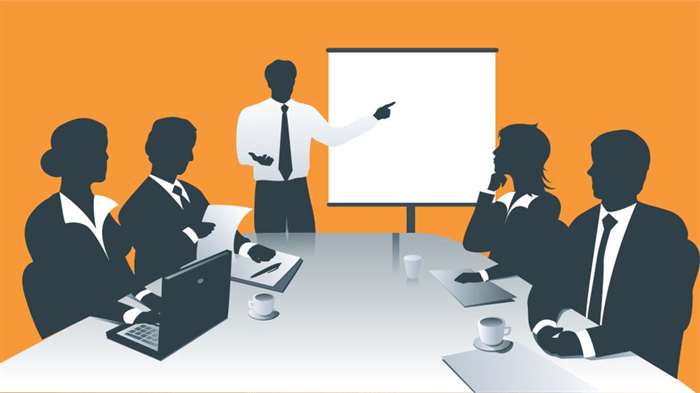As a proven leader in the application security field, Synopsys offers a comprehensive suite of products and services perfectly tailored to this effort. This approach produces ongoing release cycles, each featuring small, incremental changes from the previous release. The SDLC process involves several distinct stages, including planning, analysis, design, building, testing, deployment and maintenance. SDLC is not a methodology per se, but rather a description of the phases that a methodology should address. The list of phases is not definitive, but typically includes planning, analysis, design, build, test, implement, and maintenance/support.
In this article, we will focus on the software development life cycle as a whole and each of its phases separately. The verification part involves requirement analysis, system design, architecture design, and module design. The validation part includes unit testing, integration testing, system testing, and acceptance testing. In SDLC, documentation is crucial, regardless of the type of model chosen for any application, and is usually done in parallel with the development process.
The four major software development lifecycle models and how they work
The test plan outlines the project strategy, objectives, environment, schedule, and testing deliverables. It also identifies potential risks and provides a mitigation plan. These projects require constant engagement with clients and are able to handle changing requirements more effectively than other models. Less time is spent in requirement analysis and more emphasis is given on practical feedback from customer after using developed software components.
- And if you need an extended support, we can offer annual support as an option.
- In this case, the end-user takes an essential part in creating a prototype prior to developing the final product.
- The SDLC is a method with defined stages and processes for each stage.
- Software team can choose any of many software development life cycle models during their projects.
- The software development life cycle is an important process for any software development project.
Once the software testing phase is over and no bugs or errors left in the system then the final deployment process starts. Based on the feedback given by the project manager, the final software is released and checked for deployment issues if any. The agile model requires the team to work in sprints that last for 2 to 4 weeks, each with unique requirements and goals. At the end of a sprint, the product owner verifies the code and greenlights its deployment to users. The team then gathers feedback and starts preparing for the next sprint.
Types of Software developing life cycles (SDLC)
If you want to improve the quality of your software products, using OpenText ValueEdge is the first step. If you pay attention to the latest headlines, you’ll see howdata breachesand othercyberthreatsare wreaking havoc on businesses across the globe. And whilesoftware security is becoming a higher priority, for many businesses it’s still an afterthought. Project managers use tools like Gantt charts and task lists to track milestones and deadlines. They also work with developers to ensure that projects are on track and within budget. Depending on what you want to achieve and the type of software product you are developing, only one is best suited.
It is conducted by the senior team members with inputs from all the stakeholders and domain experts in the industry. Planning for the quality assurance requirements and recognization of the risks involved is also done at this stage. Secure SDLC is a software life cycle with fully integrated security checks at every phase. Teams start thinking about security risks and measures during the first stage of the SDLC. A big bang starts with little planning and quickly moves to the coding stage. In many cases, developers are the only ones responsible for figuring out requirements, writing code, and checking the validity of a finished product.
Models
Coverity SAST- Analyze source code to find security vulnerabilities that make your organization’s applications susceptible to attack. Address security and quality defects in codewhileit is being developed, helping you accelerate development an increase overall security and quality. Architecture Risk Analysis- Improve your security stance and ensure that you have secure design practices in place by identifying flaws within your systems designs. In the monitor phase, various elements of the software are monitored. These could include the overall system performance, user experience, new security vulnerabilities, an analysis of bugs or errors in the system.
It also states the number of resources required for the project to be complete and the desired production environment for the developers. There are different software development life cycle models specify and design, which are followed during the software development phase. These models are also called "Software Development Process Models." Each process model follows a series of phase unique to its type to ensure success in the step of software development. Software team can choose any of many software development life cycle models during their projects. Each model contains a series of unique steps that the team has to follow to complete the project.
Software Management
This will prevent them from overdrawing funding or resources when working at the same place as other development teams. This model works best for small projects with smaller size development team https://www.globalcloudteam.com/ which are working together. It is an ideal model where requirements is either unknown or final release date is not given. An SDLC outlines a detailed, step-by-step plan for software development.

CI/CD is an enhancement to your SDLC, not a potential replacement. Adopting an SDLC strategy also lowers your team's technical debt since developers take little to no shortcuts during software creation. Improved communication between different teams and upper management.
Incremental Model
The developers adjust the process to the changing product requirements. The software development life cycle or SDLC is a framework that outlines the processes and activities involved in developing an application, from the planning stage to the deployment. The waterfall model is the software life cycle model earliest and the simplest of all the SDLC methodologies. The whole software development process is separated into phases, each phase beginning only when the previous one is completed. Every stage has its own project plan and relies on the information from the previous stage.

Security is an essential aspect of any software development process. However, unlike traditional software development that addresses security as a separate stage, SDLC addresses security every step of the way through DevSecOps practices. It is an ideal model where requirements are either unknown or final release date is not given. A software life cycle model describes entry and exit criteria for each phase.
Life cycle
Also, the pros and cons of each have been provided to help you make a better decision. Finally, two approaches of SDLC are defined, and a detailed brief on which to choose provided that your reason matches any of the causes. It is time-consuming, and the completion of a stage takes longer. It is costly as it requires a team of experts to make a correct risk assessment of the product application under development. This stage expands the SRS document into a logically structured design document that will be usable by the developers.
